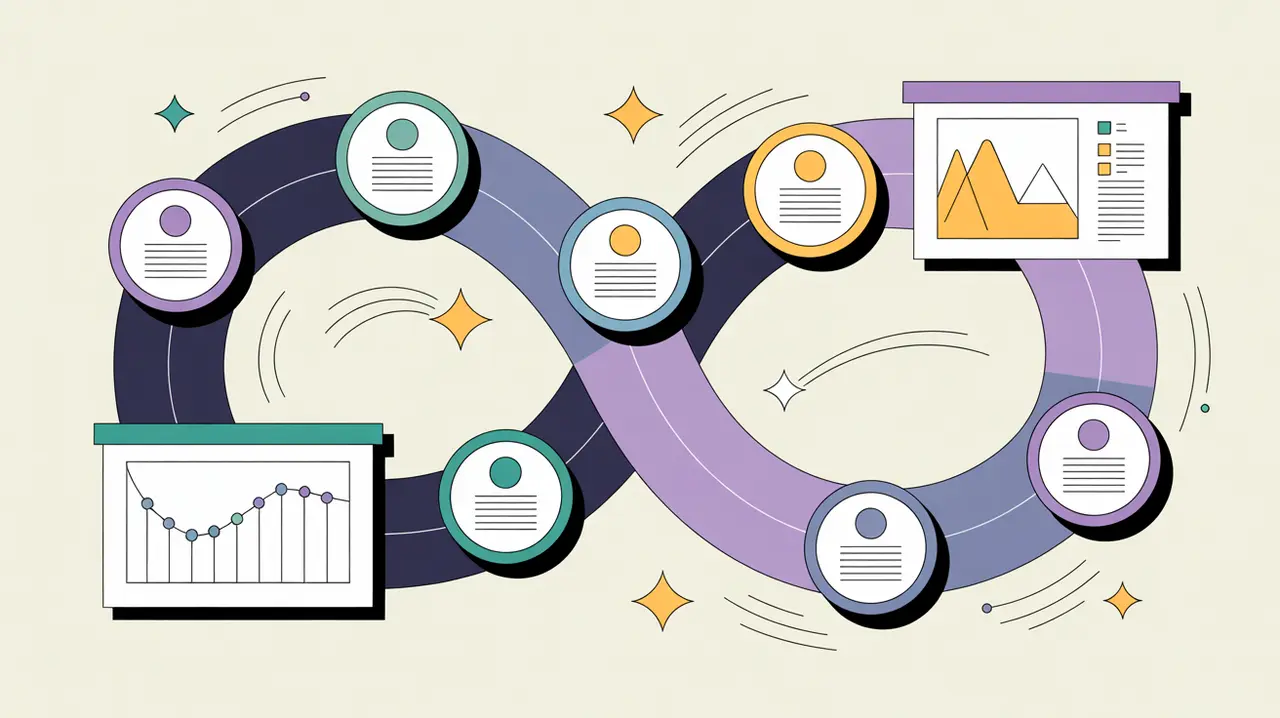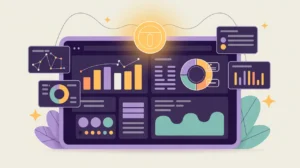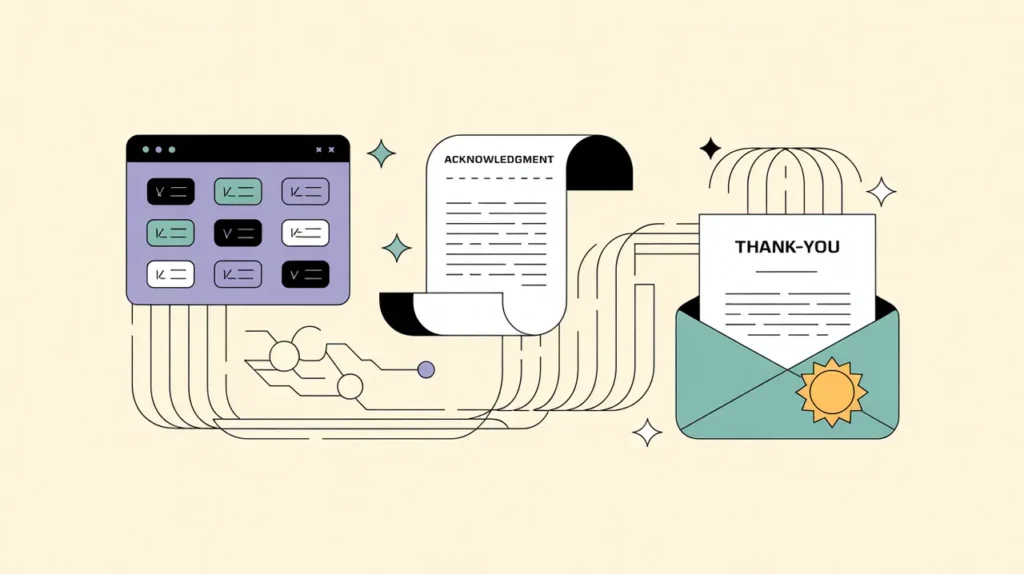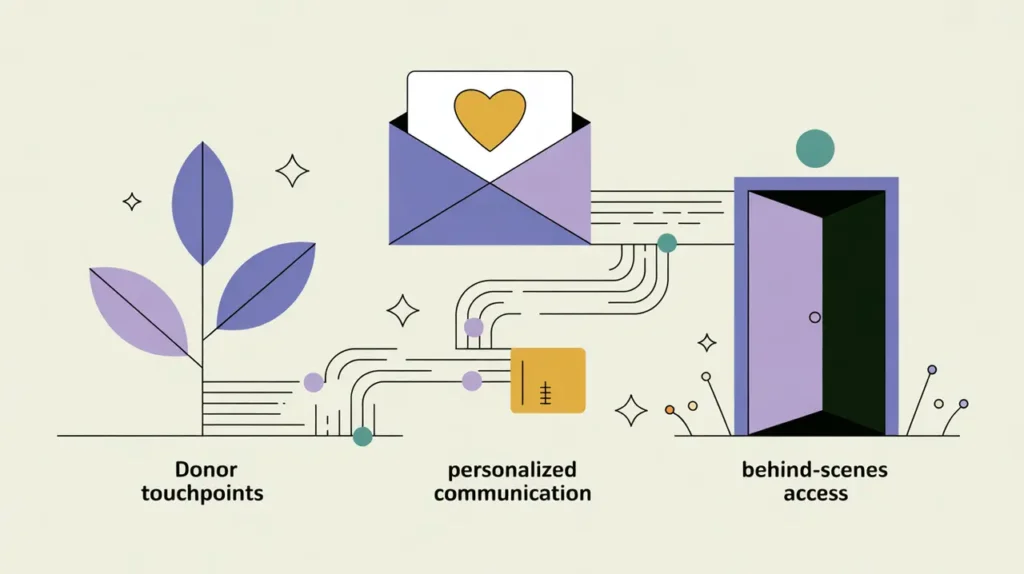What Does Fundraising Stewardship and Reporting Involve?
Stewardship and reporting are about what happens after a gift is received. This stage ensures donors know their contributions are valued and see the impact of their investment. Stewardship builds loyalty, while reporting provides the transparency and accountability that sustain long-term trust. Together, they move donor relationships from one-time transactions to enduring partnerships.
In practice, stewardship includes personalized thank-yous, recognition opportunities, impact updates, and ongoing relationship management. Reporting involves delivering accurate and timely information on how funds were used, outcomes achieved, and lessons learned. These can take the form of written reports, dashboards, presentations, or community stories. Effective stewardship and reporting balance compliance with inspiration. It allows teams to meet donor requirements while also showing the human difference their support makes.
When neglected, stewardship leads to donor fatigue and attrition. Donors who feel ignored or uninformed often do not give again. Strong stewardship and transparent reporting, on the other hand, make donors feel like valued partners and motivate them to renew and upgrade their support.
What Competencies are Associated with this Role?
Stewardship and reporting require a mix of relationship management and communication skills. Competencies include:
- Designing stewardship plans tailored to donor segments
- Producing accurate, timely donor reports
- Personalizing communications to reflect donor priorities
- Developing dashboards and visual impact updates
- Coordinating across program and finance teams for accurate data
- Managing donor recognition opportunities (events, publications, digital)
- Ensuring compliance with donor reporting requirements
- Documenting stewardship activities in CRM systems
- Listening to donor feedback and adapting engagement
- Balancing accountability with inspiring storytelling
How Might AI and Automation Help this Role?
AI and automation can streamline stewardship and make reporting more engaging. Opportunities include:
- Automated generation of impact reports from program data
- AI-driven personalization of donor updates and thank-you notes
- Dashboard tools that update in real time with program outcomes
- Natural language processing to summarize complex data into plain language
- Predictive analytics to identify donors at risk of disengagement
- Automated scheduling of stewardship touchpoints
- Generative AI for producing visuals, infographics, or video scripts
- Sentiment analysis of donor feedback to refine stewardship strategies
What are the Roles by Experience Level?
Responsibilities scale with donor value and organizational size:
- Entry: Development Assistant, Stewardship Coordinator – send thank-yous, update CRM, support event logistics
- Mid: Donor Relations Officer, Reporting Specialist – produce reports, manage recognition, track donor engagement
- Senior: Development Manager, Stewardship Lead – design stewardship strategies, oversee reporting systems, manage key donor portfolios
- Executive: Director of Development, Chief Development Officer – set stewardship standards, oversee top-tier donor relationships, ensure transparency to boards and funders
How Transferable are the Skills from this Role?
Stewardship and reporting skills are highly transferable to any role involving customer experience, account management, or stakeholder engagement. Within nonprofits, they prepare staff for leadership in donor relations, major gifts, or communications. Beyond nonprofits, they map directly onto client success, investor relations, and corporate reporting functions. The ability to build loyalty, deliver transparent updates, and inspire confidence is valued wherever trust and long-term relationships drive growth.







